

In his 1951 book, THIS IS WAR!, David Douglas Duncan laid out what led him straight into the heart of combat armed only with a camera: “I wanted to show what war did to a man … I wanted to show something of the agony, the suffering, the terrible confusion, the heroism which is everyday currency among those men … I wanted to tell a story of war, as war has always been for men through the ages.”
Duncan’s images not only of the Korean War, which are perhaps his best known, but also of World War II, the Vietnam War and conflicts across the globe are as close as one can get to war without actually entering the combat zone. And a new book to be released on Tuesday, My 20th Century, blends these photographs with the subjects on which Duncan trained his camera when he was away from the battlefield—from nomadic shepherds to Picasso to the Christmas lights of his hometown of Kansas City, Missouri.
Born in 1916, Duncan was immediately hooked on photography after his sister gave him a 39-cent camera for his 18th birthday. He honed his craft throughout school, contributing to his university newspaper and, after graduating, embarking on his career as a photojournalist.
Duncan’s war coverage began when he enlisted in the Marine Corps as a combat photographer in 1943. By the time he arrived in Vietnam two decades later, after ten years in the Middle East and LIFE assignments from India to Africa, his role was no longer as an impartial documentarian. As evidenced by the title of his first book of Vietnam photography, I Protest!, his work was as much critique as statement of fact.
Duncan’s photographs of Picasso were as light and charming as his images of war were not. When Duncan knocked on the artist’s door in 1956 bearing as a gift a first-century Afghan artifact, Picasso invited him into his home, marking the beginning of a close friendship that would result in more than 10,000 photos, enough to fill seven books. TIME reviewed one of those books, The Private World of Pablo Picasso, in 1958, noting that although images of Picasso’s home were familiar to many, “What Duncan’s photo-reporting does is catch the warmth, richness, foolishness and occasional moodiness of the most protean, joyous, impish and intense artist of the century.”
Duncan, now 99, lives in France, not far from the home where Picasso spent his final years. His new collection serves as a testament that he is not only, as LIFE called him, “perhaps the best war photographer since Matthew Brady.” Whether pointing his camera at a wounded Marine or a spirited dachshund, Duncan’s images are simultaneously immediate and enduring, time capsules that shed new light each time they are opened.
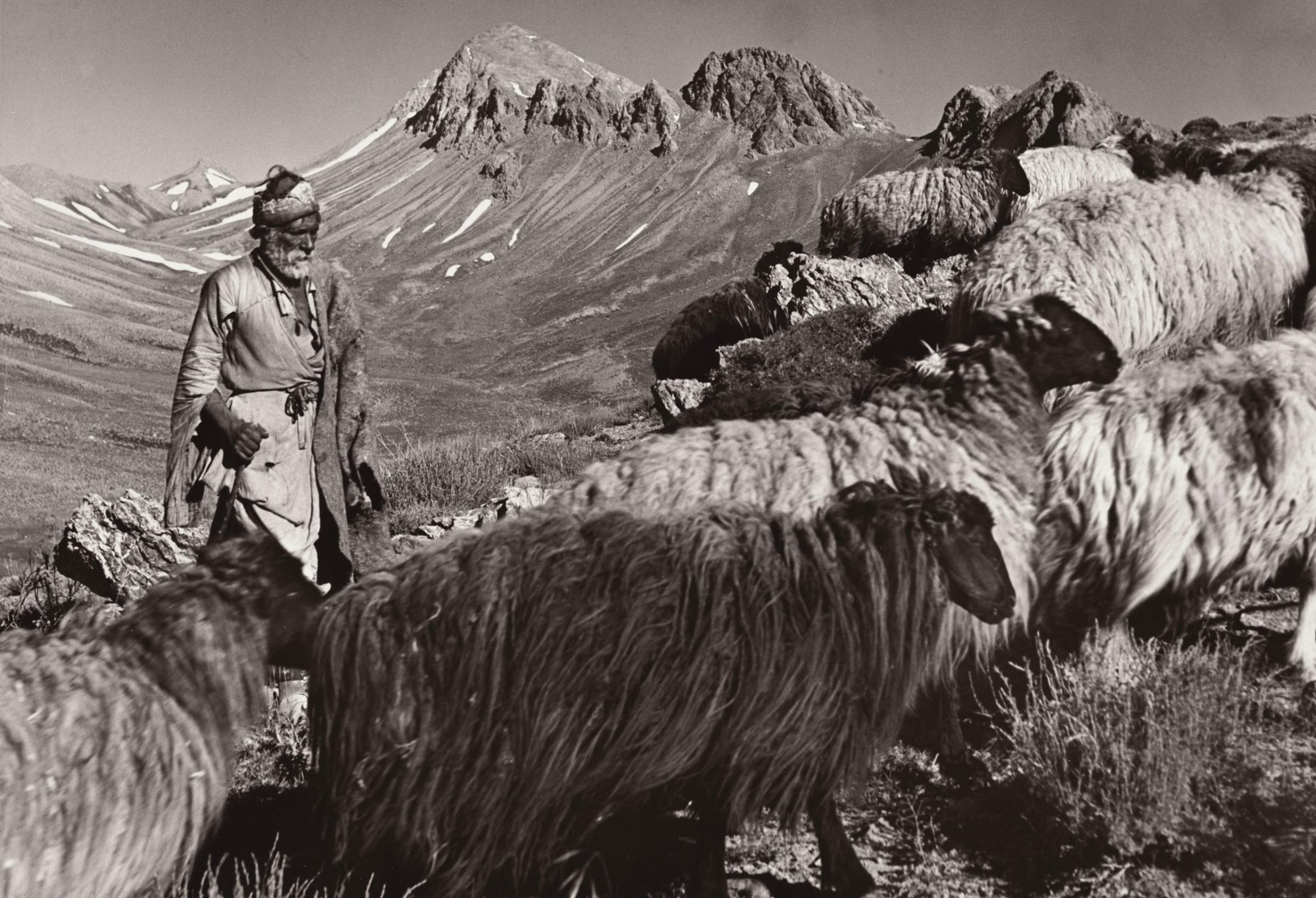


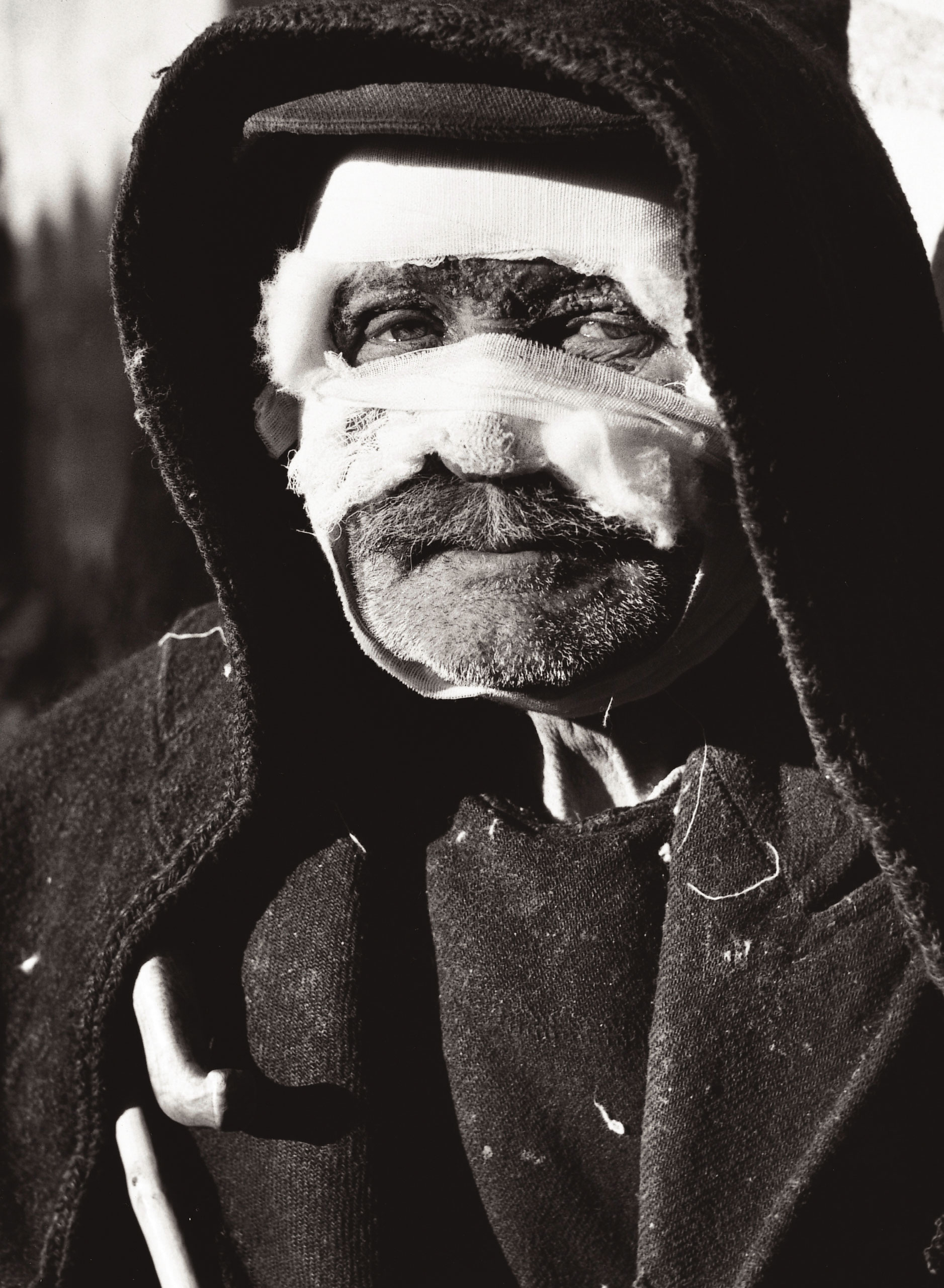
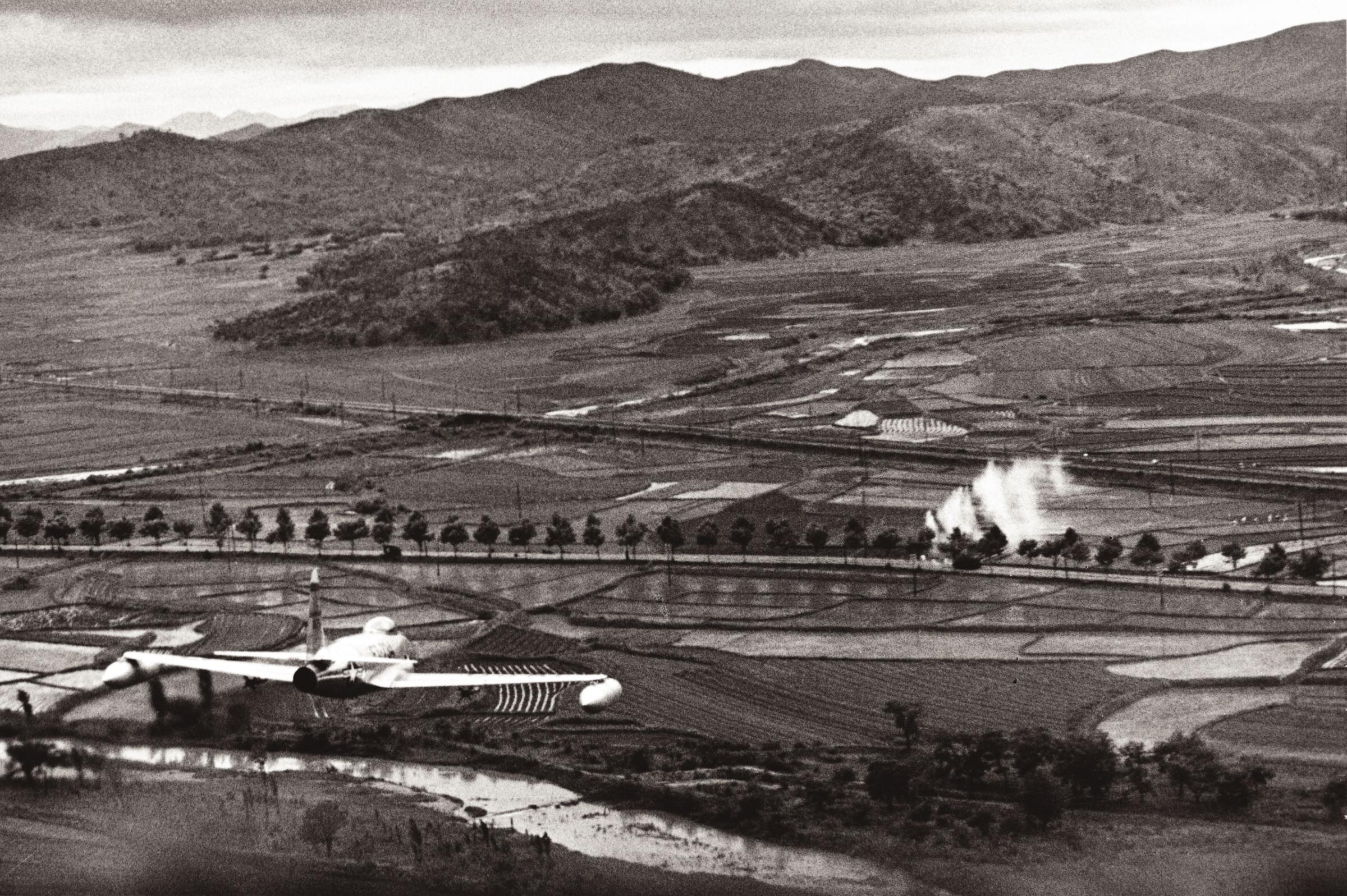

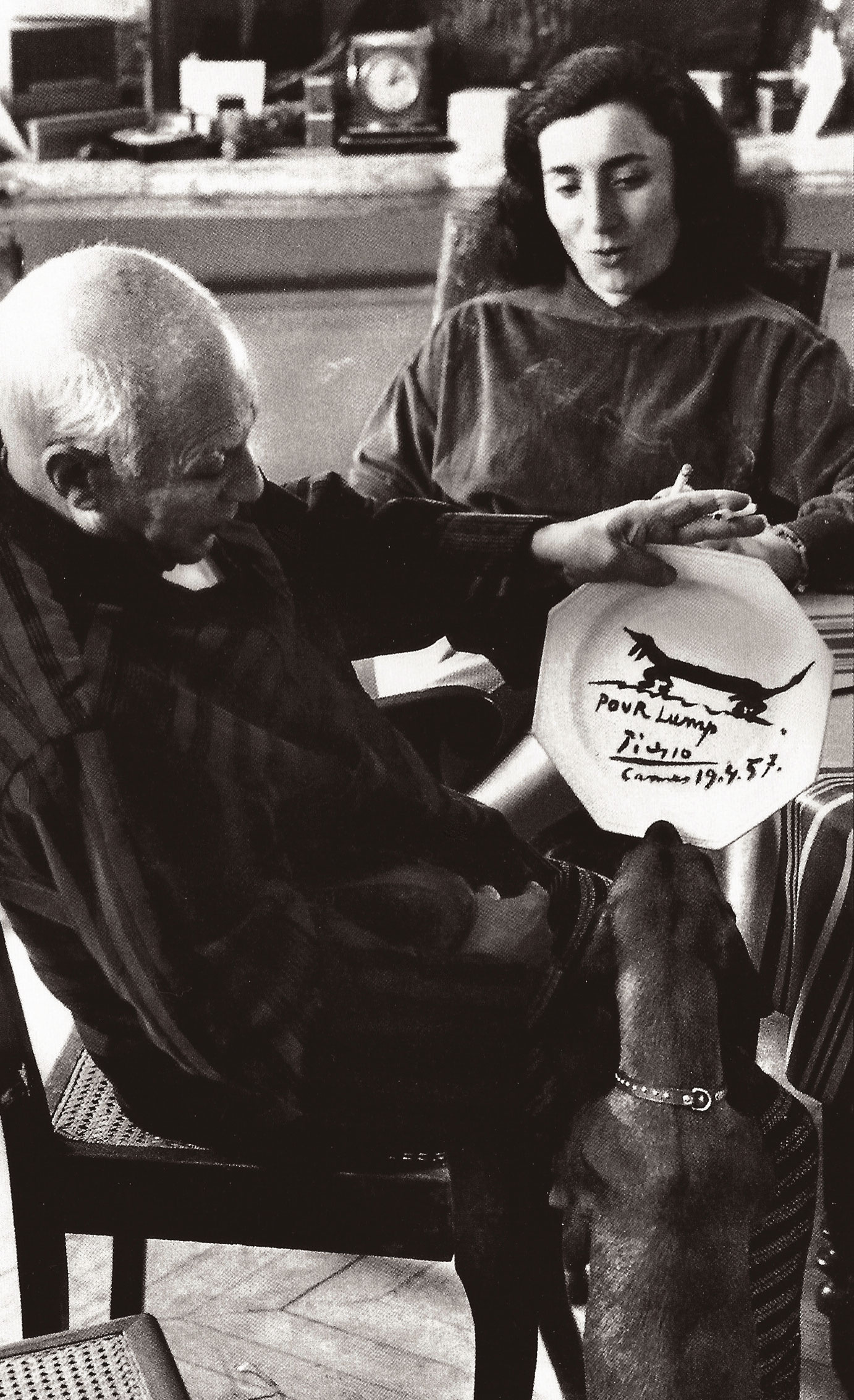


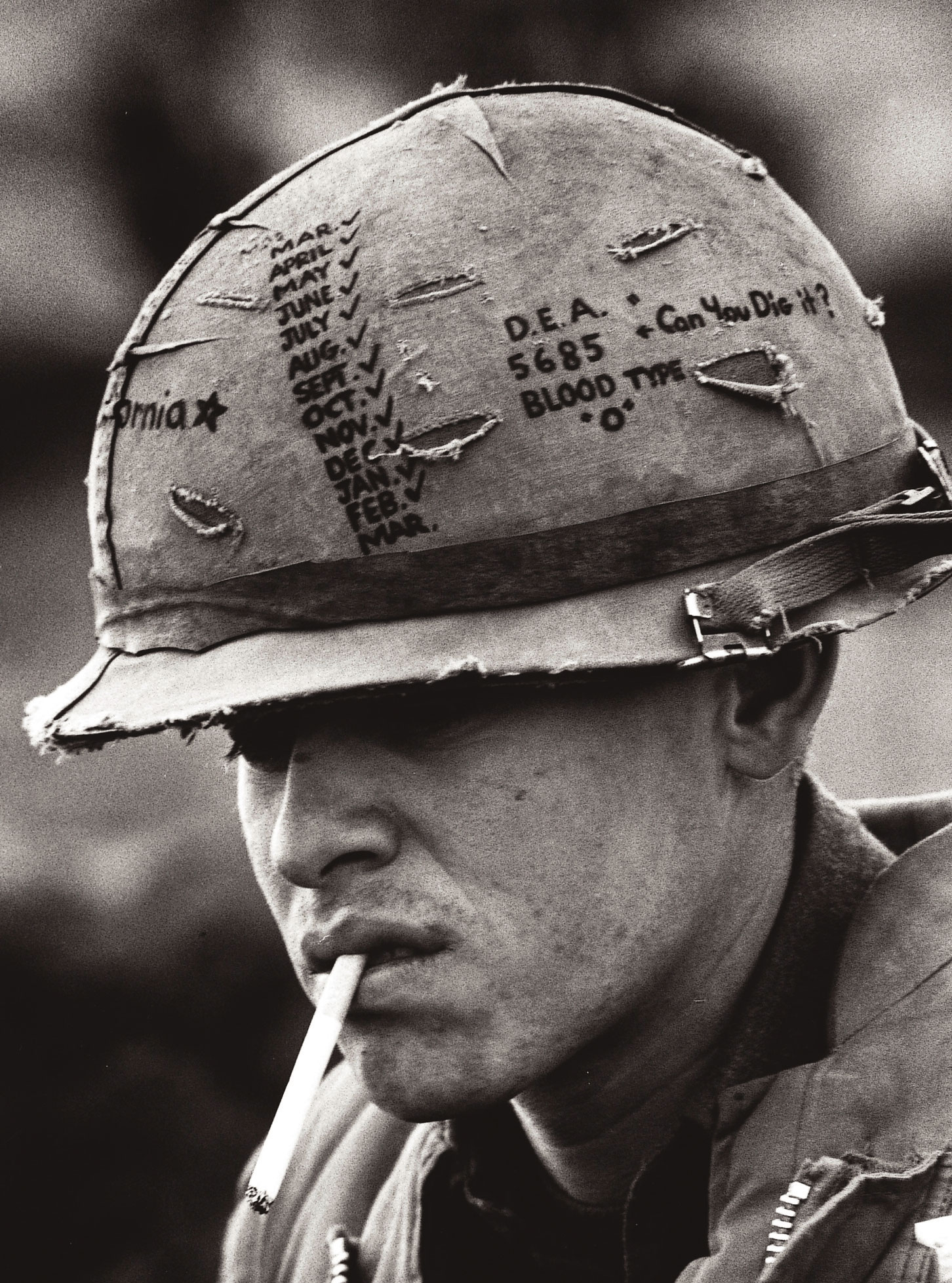
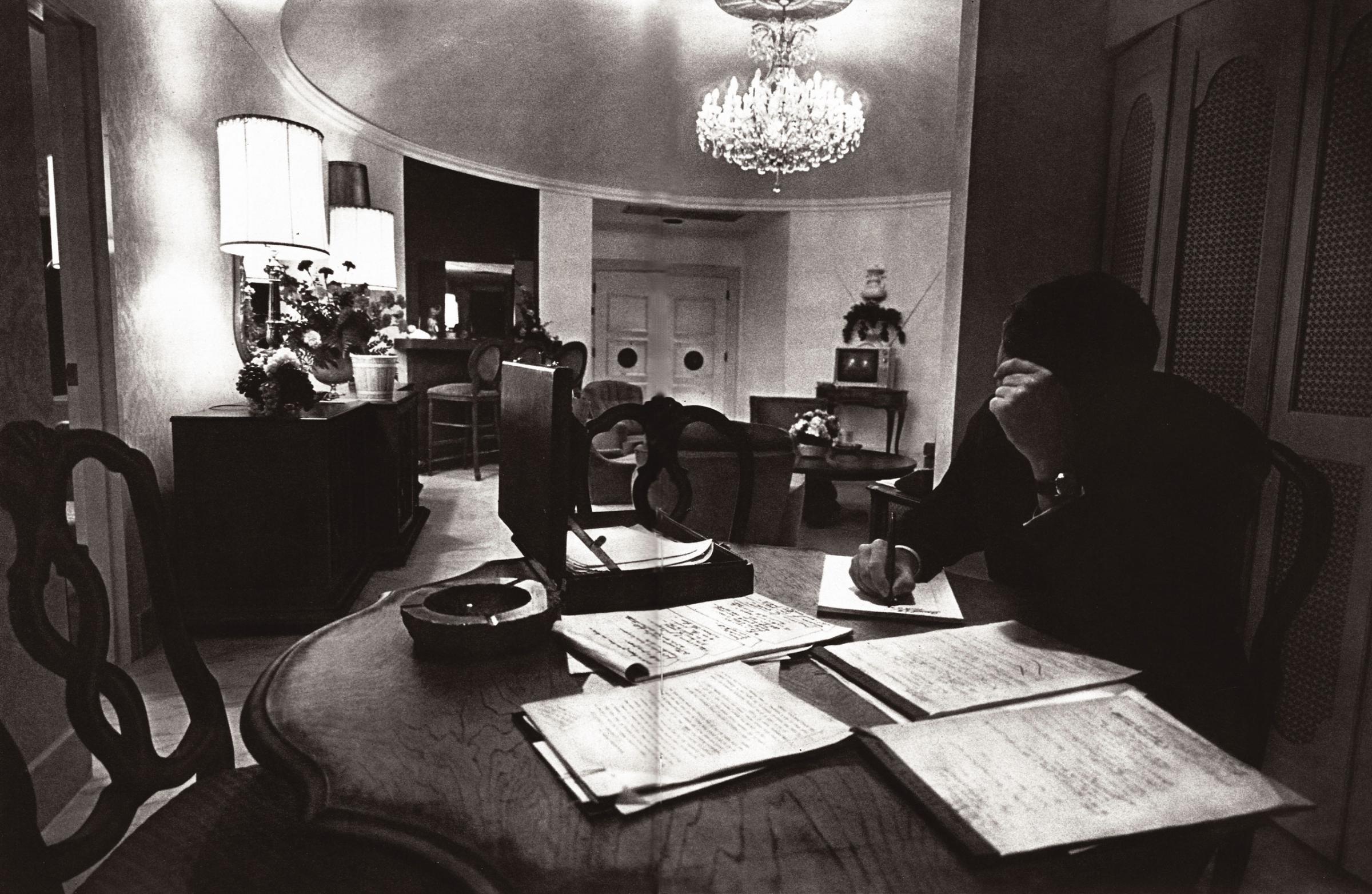

More Must-Reads from TIME
- Donald Trump Is TIME's 2024 Person of the Year
- Why We Chose Trump as Person of the Year
- Is Intermittent Fasting Good or Bad for You?
- The 100 Must-Read Books of 2024
- The 20 Best Christmas TV Episodes
- Column: If Optimism Feels Ridiculous Now, Try Hope
- The Future of Climate Action Is Trade Policy
- Merle Bombardieri Is Helping People Make the Baby Decision
Write to Eliza Berman at eliza.berman@time.com